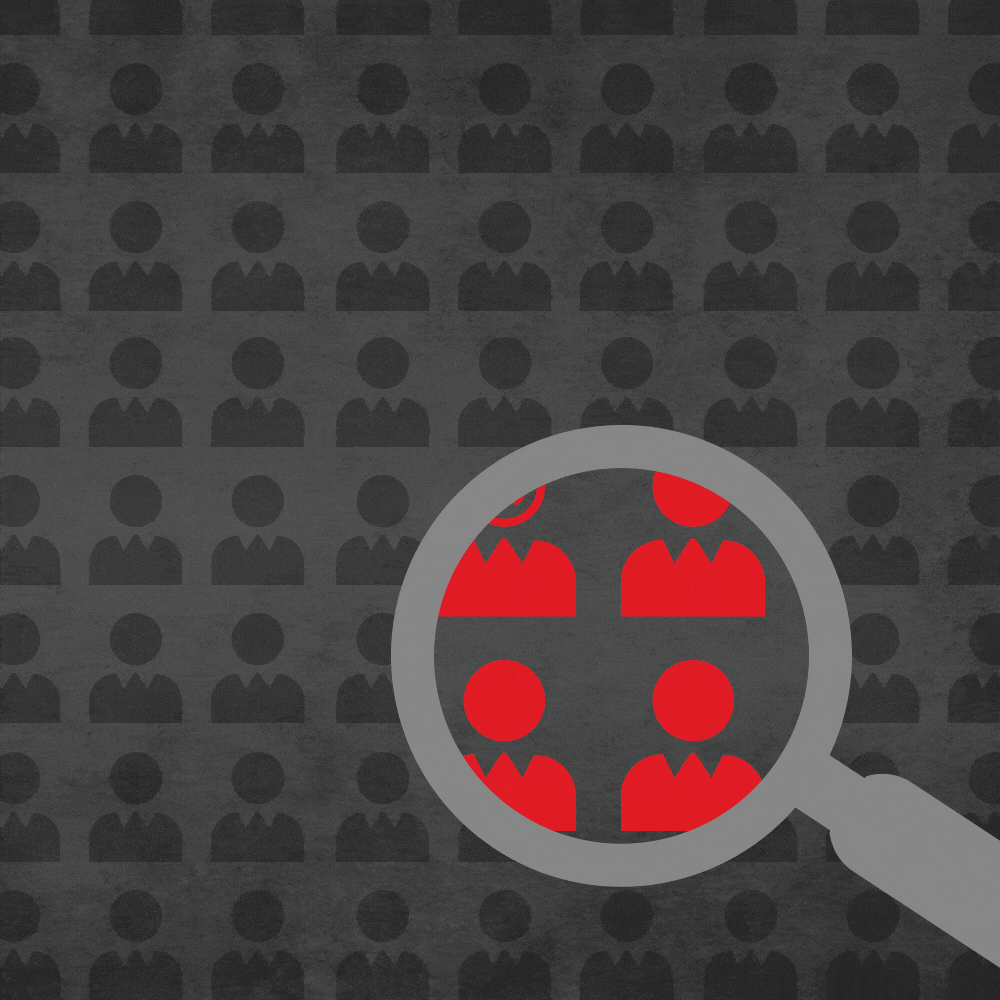You’ve created an on-brand message, but are you confident the right people are seeing it?
Each year, brands waste millions of dollars promoting content in front of the masses rather than zeroing in on a specific target with whom the message would resonate.
For example, it’s one thing to promote your content to people based on demographics like gender, age and location; it’s a whole other endeavor to target people who have visited your web page in the last 30 days or who joined one of your webinars in the last six months.
Thankfully, social platforms like Facebook offer as many targeting parameters—or more—for ads with content than are available for ads on other platforms.
Even so, the task of setting up targeting parameters for your content and adjusting them frequently is laborious. But don’t forget one of the greatest rules for content marketing success: You must treat different people differently.
Here’s a breakdown of your targeting opportunities and reasons why they’re valuable for your brand.
If You Seek Awareness
Facebook targeting provides a ridiculously easy process for getting your message in front of people who have never heard of your brand or seen your content, allowing you to select layers of demographic targeting like age, location, gender and language.
But where it really gets good is in detailed targeting. With detailed targeting, you can select people based on specific interests like dieting and banking, business traveling and DIYing, and in-depth demographics like folks who have an anniversary within 30 days or have recently moved.
As a marketer, our goal is to ensure the right content we’re putting money behind is reaching the right people at the right time—leveraging Facebook’s targeting tools helps us achieve that goal.
If You Seek Consideration
One of the most underutilized tools within Facebook is the Custom Audience creator based on website traffic. If you add a Facebook Pixel to your website, you can then create a list of visitors—and make them an audience of your promoted Facebook content.
The real beauty of this tool comes in when you choose to target people who have visited a specific web page.
If you have layers to your customer’s online journey, it’s worth creating an audience that is served the most relevant content, whether that means serving up specific content for those who viewed a careers page to a product page to a franchise page and more.
You’ve likely experienced this tool hard at work when you browsed a favorite online retail product like Toms shoes and began to see ads for the specific pair you were interested in when you swiped through your personal news feed.
If You Seek Loyalty
Collecting customer emails isn’t just useful for email campaigns—it can help you build a remarkable customer list of folks for content efforts, too.
In addition to finding Facebook profiles associated with an email, Facebook lets you upload names, addresses, phone numbers and other information onto its platform—which is then matched up with profiles associated with that data.
From there, you can leverage these connections to present unique content to specific groups of people who have recently made a similar purchase.
A/B Test Your Target Audience Segments
A common sales credo is “always be closing.” When it comes to promoted posts, the equivalent is “always be testing.”
For marketers, A/B testing creative, headlines and such is a no-brainer, but it’s equally important to A/B test target audiences. Creating various targeting combinations can reveal which audience combination engages most with your content, allowing you to stop promoting content to those who aren’t listening.
A/B will also teach you which interests and behaviors matter most to your target and where they’re truly located (i.e., giving you insights about whether it’s better to target within zip codes or a 30-mile radius of a specific address).
Where to Target From Here?
There’s a lot to sink your teeth into when it comes to targeting your content on social media, and we only touched the surface of targeting on a single platform.
Using targeting to increase awareness, create lookalike audiences and always test to learn pays literally and figuratively; it means having an ad platform that goes beyond the necessary but uninspiring demographics to ensure your brand stories are delivered when and where they’re likely to be welcomed.
If you need help determining who your target is and which arrows belong in your marketing quiver, we can help. Email Ted Jun at tjun@hiebing.com to learn more about creating social content and how to get in front of those who can use it.
